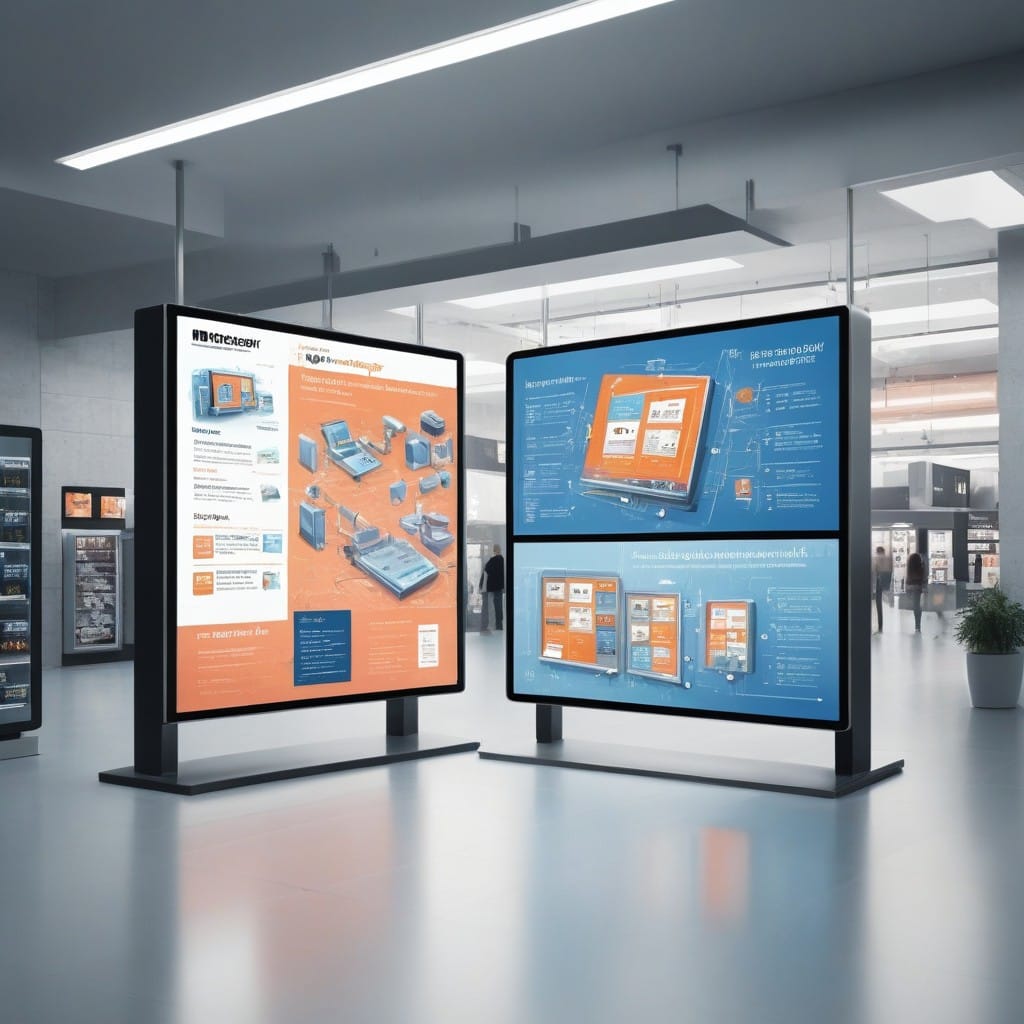n8n Digital Signage: Automating Content Rotation Schedules for Dynamic Displays

Digital signage has become a powerful tool for businesses, educators, and event organizers to communicate messages effectively. However, managing content rotation manually can be time-consuming and prone to errors. Enter n8n, an open-source workflow automation tool that can revolutionize how you handle digital signage content. By automating content rotation schedules, n8n ensures your displays remain dynamic, engaging, and up-to-date with minimal effort.
Why Automate Digital Signage with n8n?
Traditional digital signage systems often require manual updates or rely on rigid scheduling tools. This can lead to outdated content, missed opportunities, and wasted resources. n8n solves these challenges by enabling:
- Dynamic Content Rotation: Automatically cycle through images, videos, and announcements based on predefined triggers or schedules.
- Multi-Source Integration: Pull content from APIs, cloud storage (Google Drive, Dropbox), social media, or RSS feeds.
- Conditional Logic: Display context-aware content (e.g., weather-based ads, time-sensitive promotions).
- Real-Time Updates: Instantly push new content to screens without manual intervention.
How to Set Up Automated Content Rotation with n8n
Here’s a step-by-step guide to automating your digital signage content using n8n:
1. Connect Your Content Sources
Start by integrating n8n with your content repositories. For example:
- Cloud Storage: Use the Google Drive or Dropbox nodes to fetch media files.
- Social Media: Pull posts from Twitter, Instagram, or Facebook.
- RSS Feeds: Display news updates or blog posts dynamically.
2. Define Rotation Rules
Create workflows to determine how and when content should rotate:
- Time-Based Triggers: Use the Cron node to schedule rotations hourly, daily, or weekly.
- Event-Based Triggers: Update displays when new content is added (e.g., a new product launch).
- Priority-Based Rules: Rank content by importance (e.g., emergency alerts override promotions).
3. Configure Display Output
Use n8n to send the curated content to your digital signage player:
- API Integrations: Push content to platforms like Screenly, Yodeck, or Xibo.
- Webhooks: Trigger updates on compatible signage software.
- Local Displays: Use a Raspberry Pi with a player like Info-Beamer for offline setups.
4. Test and Optimize
Run test workflows to ensure content displays correctly. Monitor performance and adjust rotation schedules based on audience engagement metrics.
Use Cases for Automated Digital Signage
- Retail Stores: Rotate promotions based on inventory levels or time of day.
- Corporate Offices: Display announcements, meeting room schedules, or KPIs in real time.
- Educational Institutions: Show event calendars, emergency alerts, or student achievements.
- Restaurants: Update menus dynamically based on ingredient availability or meal times.
Benefits of Using n8n for Digital Signage
- Cost-Effective: No need for expensive proprietary software.
- Scalable: Manage multiple displays across locations from a single dashboard.
- Flexible: Adapt workflows as your signage needs evolve.
- Open-Source: Customize and extend functionality without licensing fees.
Conclusion
Automating digital signage content rotation with n8n eliminates manual hassles while keeping your displays fresh and relevant. By leveraging workflows, integrations, and conditional logic, you can create a truly dynamic signage system that engages your audience effortlessly. Whether you’re a small business or a large enterprise, n8n provides the tools to transform your digital signage strategy.
Ready to get started? Explore n8n’s documentation and experiment with workflows tailored to your signage needs!



